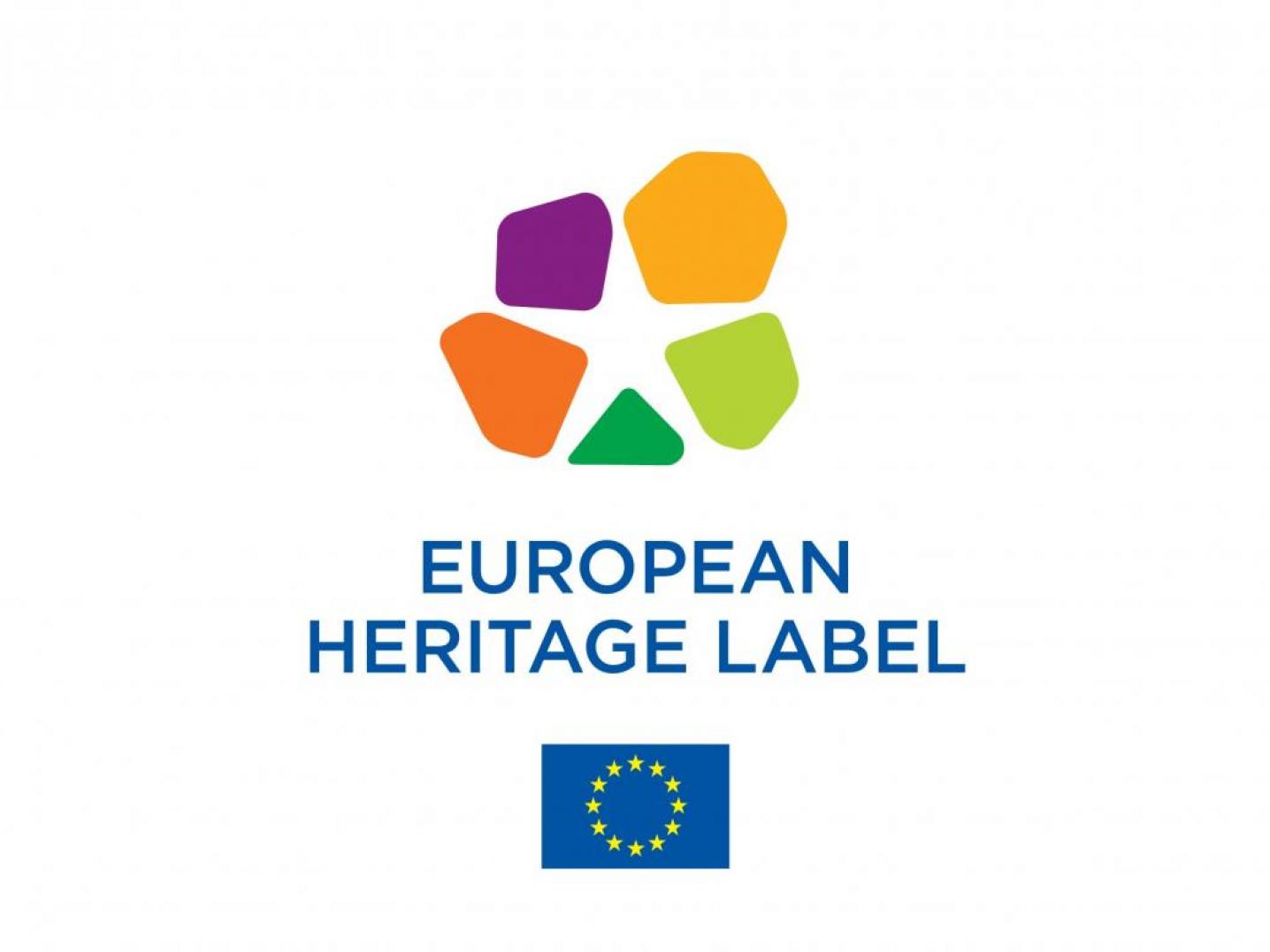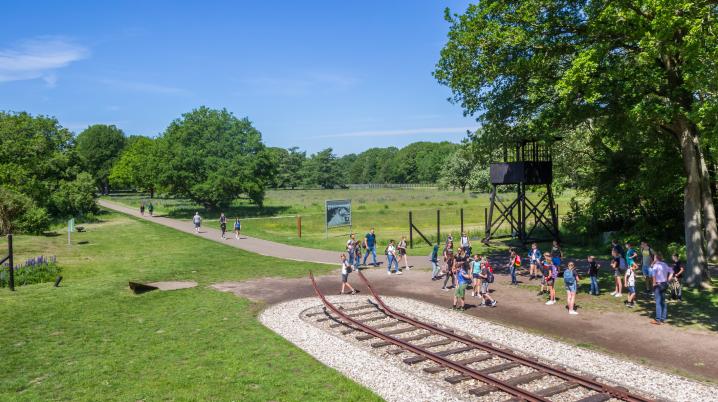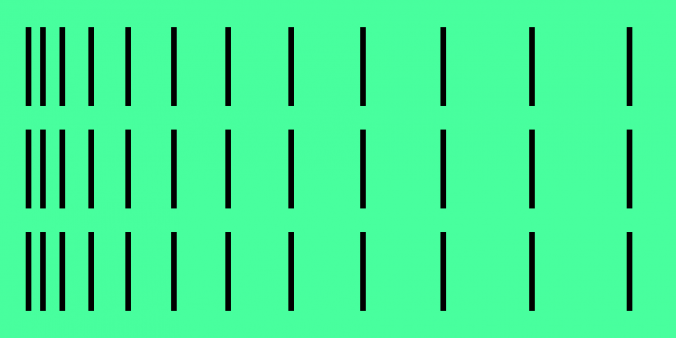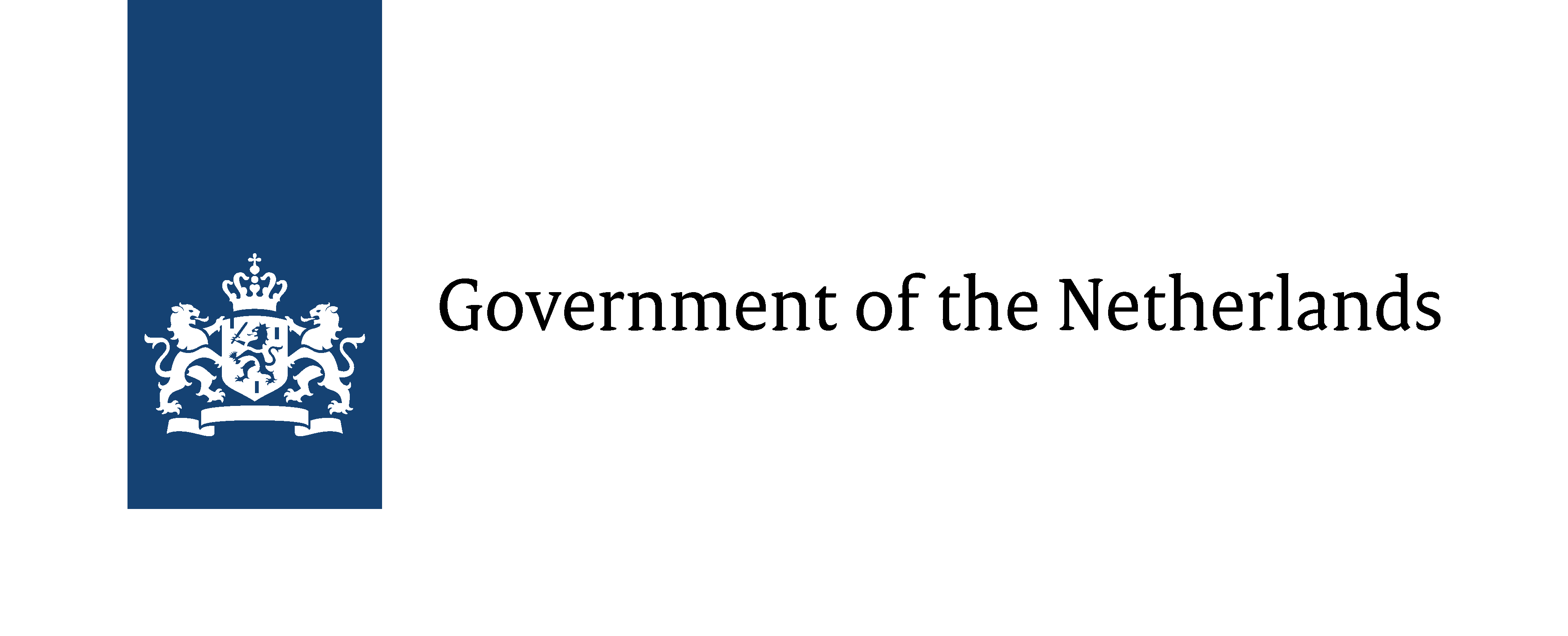
Kamp Westerbork, one of the Dutch sites with the European Heritage Label, has won the Call for Support awarded by the European Union and the Council of Europe. This call stimulates European Heritage Label sites to refresh their vision of Europe’s heritage through cooperation and cross-border projects. The call provides up to € 14.500 for short-term projects, especially cross cooperation projects focusing on digital transformation, sustainable cultural tourism, or promoting capacity building of the sites, particularly in the context of the COVID-19 pandemic’s recovery.
Winning projects
On 6 April 2022, the European Commission and the Council of Europe have announced the winners of the call. Kamp Westerbork has won for its project Camp Westerbork Remembered (De Herinnering aan Kamp Westerbork). Other winners are Fondazione Trentina Alcide De Gasperi in Italy for its project Visions of Europe. Following in the footsteps of the European Union's founding fathers and mothers. Another Italian site, Ostia antica, Parco archeologico di Ostia antica has won for its project Public Archaeology in Ostia antica. All three winners are European Heritage Label sites.
Camp Westerbork Remembered
Camp Westerbork Remembered is a thematic project that will start on 8 July 2022 and lasts until November 2023. The way in which the camp is remembered by different communities plays a central role in this project, which consists of among others an exhibition, an international project, a summer school, symposiums and an exhibitions catalogue.
For the exhibition, eight guest curators who all are personally connected with the camp have been asked to give their own interpretation of (the history of) the camp. In turns, they will curate part of the exhibition for about two months.
European Heritage Label
The European Heritage Label highlights heritage sites that play or have played a key role in Europe and the creation of the European Union. Currently, 48 sites have the label, among which four sites in the Netherlands: Kamp Westerbork, Vredespaleis, Verdrag van Maastricht en Koloniën van Weldadigheid.
Particularly focused on young people, the European Heritage Label sites raise awareness of European values, a shared European past and a European identity. The label aims to enhance mutual understanding between European citizens and give them a better understanding of today's Europe and its common cultural heritage.
Kamp Westerbork received the European Heritage Label in 2013. The former ‘kamp’ gives testimony to a period of European history between pre and post-World War 2. Built as a camp for Jewish refugees from Central Europe in 1939, Kamp Westerbork became a deportation camp for Jews, Sinti and Roma and Resistance fighters from 1942 to 1945. After the war, the camp housed soldiers, collaborators, and returnees from the Dutch East Indies and Moluccan refugee families. The layered episodes of its history are still present in the landscape and explained on the site.

Nominations for the European Heritage Label
This year, heritage sites can apply for a nomination for the European Heritage Label. Pre-selection and nomination take place on the national level by the Ministry of Education, Culture and Science. The final selection is done on the European level. DutchCulture plays a role in the coordination and communication of the label in the Netherlands.
More information on the nomination procedure and the benefits of the European Heritage Label (in Dutch).




